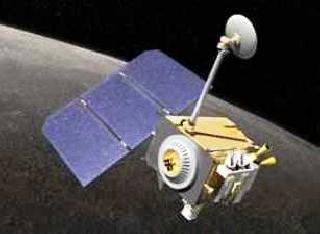
A file photo.
BANGALORE (PTI): Chandrayaan-2, the proposed second Indian mission to moon, would undertake "extremely good" experiments and try out new technologies but accommodating foreign payloads on board does not appear to be a possibility at this stage.
The first edition of the moon odyssey had six foreign payloads and five Indian ones on board but heavy orbiter (satellite) and lander weight this time has put constraints on the Indian Space Research Organisation (ISRO) in terms of carry-load of instruments.
"One of the problems was weight consideration. Weight limitation is overall boundary within which we have to work", Prof U R Rao, who chaired the national committee of experts drawn from ISRO centres, academic institutions and R&D laboratories which finalised the payloads to be flown on board Chandrayaan-2 (orbiter and rover), told PTI.
With a heavy orbiter and lander, the weight of the payloads cannot exceed 40 kg.
Chandrayaan-2 spacecraft weighs about 2,650 kg at lift-off of which the orbiter weight is about 1,400 kg and lander's about 1,250 kg.
The mission, which will have an orbiter, a lander and a rover, is planned to be launched onboard Geosynchronous Satellite Launch Vehicle (GSLV) from Satish Dhawan Space Centre, Sriharikota, in 2013.
While the lander would be provided by Russia, the orbiter and the rover are being built by ISRO.
Prof Rao, Chairman, Advisory Committee on Space Sciences (ADCOS) and former Chairman of ISRO, said there were informal discussions with players from the US and Europe on flying their payloads, even though ISRO had not issued "availability of opportunity" for foreign instruments.
"Right now, the weight problem is very serious", he said indicating that foreign payloads may not be included at all. "We just don’t have the weight. We cannot select payloads which cannot go".
But Rao said one or two additional Indian payloads might be included.
"Obviously, we will give preference to Indian payloads now. We have to provide as much opportunities as possible to Indian scientists".
But he said the Russians would conduct experiments with their lander.
Rao said Chandrayaan-2 would carry out experiments based on the discoveries of its predecessor. "It will conduct extremely good experiments, try out very new ideas and new technologies".
A week ago, the committee, after detailed discussions on mission requirements, weight and power availability for scientific payloads, announced that it has recommended five payloads to be flown on the orbiter of which three are new and two are improved versions of the payloads flown earlier on Chandrayaan-1 orbiter.
It also recommended two scientific payloads on the rover of the lunar odyssey. All the seven are Indian payloads.
Rao said it is for the first time that India is carrying a lander and rover which would carry out in-situ experiments which are "always something of great importance".
He pointed to the planned landing "right at the point", carrying out in-situ experiments and transmitting from the antenna on the lander.
The US and Russia have undertaken missions involving lander and rover in the past, he said, adding, "Certainly we (India) are right there on the top".
Rao said he was sure if China, which has the capability of sending such a mission, has done lunar landing of this type.
Underlining the importance of the proposed moon mission, Rao said India has to get into the "business of landers and rovers" sooner or later.
He indicated that the mission would contribute to enhancing knowledge as and when New Delhi decides to undertake a manned mission to moon which ISRO officials maintain could be a possibility in next ten to 15 years.
Rao said India is seeing Chandrayaan-2 mission as an opportunity to develop new technologies in a "comprehensive way".
ISRO officials said the five recommended payloads of the orbiter are aimed at mapping the major elements present on the lunar surface and probe the presence of water and various chemicals in the Earth's natural satellite.
It also covers mapping of lunar surface over a wide wavelength range for the study of presence of minerals, water molecules and various chemicals, and the lunar exosphere besides preparing a three-dimensional map essential for experiments relating to lunar mineralogy and geology.
Both the instruments on Chandrayaan-2 rover are expected to carry out elemental analysis of the lunar surface near the landing site, they added.
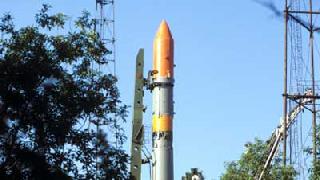 Previous Article
Previous Article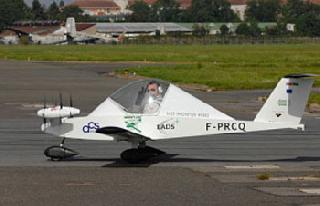 Next Article
Next Article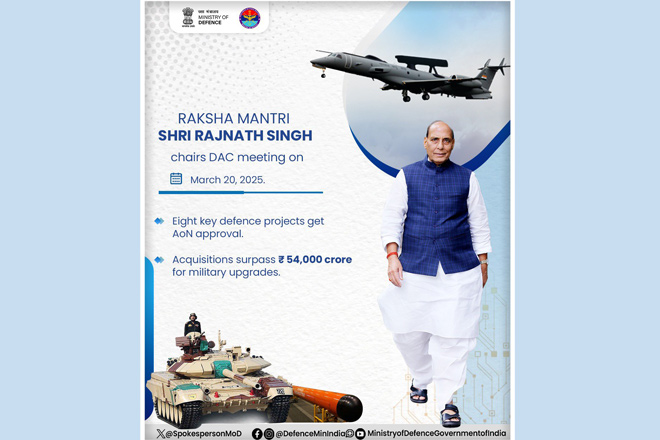
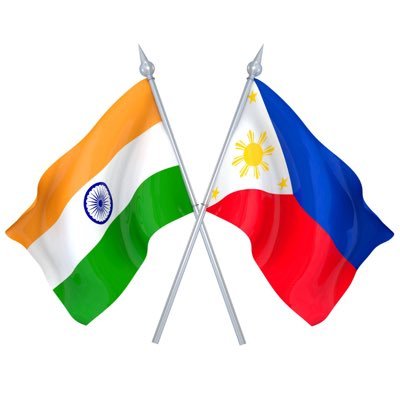












The Indian Air Force, in its flight trials evaluation report submitted before the Defence Ministry l..
view articleAn insight into the Medium Multi-Role Combat Aircraft competition...
view articleSky enthusiasts can now spot the International Space Station (ISS) commanded by Indian-American astr..
view article